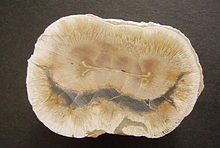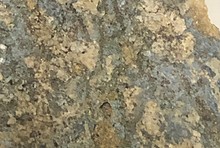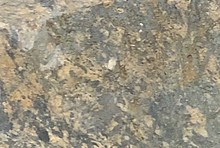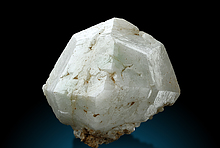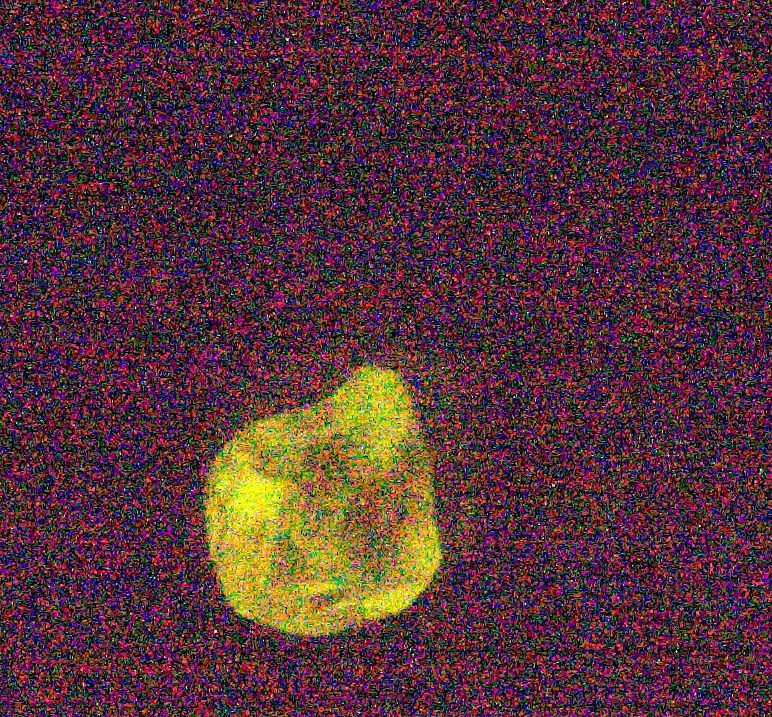Home PageAbout MindatThe Mindat ManualHistory of MindatCopyright StatusWho We AreContact UsAdvertise on Mindat
Donate to MindatCorporate SponsorshipSponsor a PageSponsored PagesMindat AdvertisersAdvertise on Mindat
Learning CenterWhat is a mineral?The most common minerals on earthInformation for EducatorsMindat ArticlesThe ElementsThe Rock H. Currier Digital LibraryGeologic Time
Minerals by PropertiesMinerals by ChemistryAdvanced Locality SearchRandom MineralRandom LocalitySearch by minIDLocalities Near MeSearch ArticlesSearch GlossaryMore Search Options
The Mindat ManualAdd a New PhotoRate PhotosLocality Edit ReportCoordinate Completion ReportAdd Glossary Item
Mining CompaniesStatisticsUsersMineral MuseumsClubs & OrganizationsMineral Shows & EventsThe Mindat DirectoryDevice SettingsThe Mineral Quiz
Photo SearchPhoto GalleriesSearch by ColorNew Photos TodayNew Photos YesterdayMembers' Photo GalleriesPast Photo of the Day GalleryPhotography
╳Discussions
💬 Home🔎 Search📅 LatestGroups
EducationOpen discussion area.Fakes & FraudsOpen discussion area.Field CollectingOpen discussion area.FossilsOpen discussion area.Gems and GemologyOpen discussion area.GeneralOpen discussion area.How to ContributeOpen discussion area.Identity HelpOpen discussion area.Improving Mindat.orgOpen discussion area.LocalitiesOpen discussion area.Lost and Stolen SpecimensOpen discussion area.MarketplaceOpen discussion area.MeteoritesOpen discussion area.Mindat ProductsOpen discussion area.Mineral ExchangesOpen discussion area.Mineral PhotographyOpen discussion area.Mineral ShowsOpen discussion area.Mineralogical ClassificationOpen discussion area.Mineralogy CourseOpen discussion area.MineralsOpen discussion area.Minerals and MuseumsOpen discussion area.PhotosOpen discussion area.Techniques for CollectorsOpen discussion area.The Rock H. Currier Digital LibraryOpen discussion area.UV MineralsOpen discussion area.Recent Images in Discussions
UV MineralsTenebrescent diamond

30th Sep 2016 22:50 UTCAlexander Ringel
I found out fast, that the diamond has a strong and zoned fluorescence and a lasting phosphorescence. The phosphorescense can be stopped very fast when the diamond is placed in visible light. That brought my hackmanite in my memory. It has also a phosphorescence, which can be stopped with normal light and is known for it's tenebrescence. Now i wondered, if it could be possible, that the diamond shows also a tenebrescence. I guessed, that it would not last long and would probably be too weak to be noticed with normal eyes without the possibilty to compare. So i had an idea. I placed my camera with flash infront of it and made a photo in complete darkness from the diamond. Then i irridated it with UV and took imediately after shutting of the source another photo. A difference was clearly visible. The irridated diamond is a bit darker and the color tone shifted a bit. To exclude any mistakes i repeated it 2 times with the same result. The last time i took my 405 laser for irridation. It made the best result. The color change is weak, but visible.
These are the two pictures of the diamond before and after 405 nm laser irridation.
Here a composite photo of all 3 runs. The respective left side is before and right side is after irridation.
I guess this effect of short term tenebrescence is NOT very rare in phosphorescent minerals. Probably others should make similar tests with their phosphorescent mineral specimens of any kind. Would be nice to see more positive results.
5th Oct 2016 17:56 UTCElise Skalwold
You might be interested in reading this study about thermochromic and photochromic color change in diamonds, perhaps related to what you are observing with your specimen: http://www.gia.edu/gems-gemology/spring-2005-chameleon-diamonds-hainschwang The only so-called chameleon diamond I've studied was butter-yellow in the dark when at groundstate and reached its maximum green color within one minute after being brought out into the light (an image of its nearly groundstate color was captured at the moment of exposure to light). It phosphoresced for an hour after UV exposure, declining quickly in the first 5 minutes and then slowly thereafter. I did not notice a change in its green color viewed in daylight after exposure to SW or LW UV and it took several days in darkness to return to its groundstate yellow color after being exposed to daylight. As a cautionary note if you are thinking of heating your crystal, you might also want to read this paper: http://www.gia.edu/gems-gemology/spring-2015-labnotes-artificially-irradiated-color-change-diamonds
Best wishes,
Elise

6th Oct 2016 00:12 UTCAlexander Ringel
After buying some new batteries for my microscope fitting camera i was able to make some pictures to show its normal unchanged colors a bit larger and in better quality. These pictures will not change anything, but they do definitly look better than the pictures above.
Phosphorescence color is more orange than on photo.




Mindat.org is an outreach project of the Hudson Institute of Mineralogy, a 501(c)(3) not-for-profit organization.
Copyright © mindat.org and the Hudson Institute of Mineralogy 1993-2024, except where stated. Most political location boundaries are © OpenStreetMap contributors. Mindat.org relies on the contributions of thousands of members and supporters. Founded in 2000 by Jolyon Ralph.
Privacy Policy - Terms & Conditions - Contact Us / DMCA issues - Report a bug/vulnerability Current server date and time: April 23, 2024 15:18:40
Copyright © mindat.org and the Hudson Institute of Mineralogy 1993-2024, except where stated. Most political location boundaries are © OpenStreetMap contributors. Mindat.org relies on the contributions of thousands of members and supporters. Founded in 2000 by Jolyon Ralph.
Privacy Policy - Terms & Conditions - Contact Us / DMCA issues - Report a bug/vulnerability Current server date and time: April 23, 2024 15:18:40
